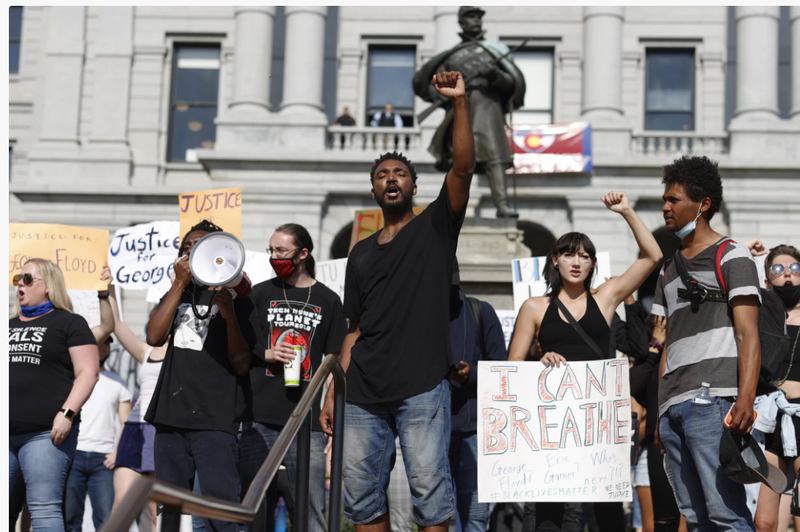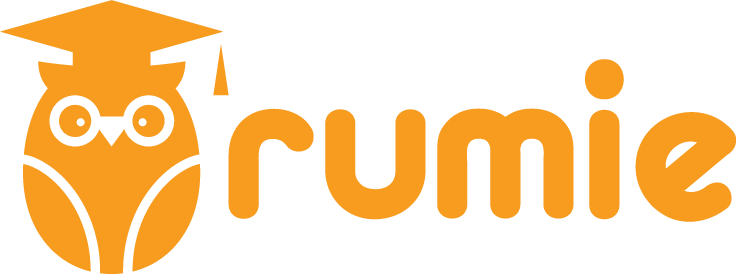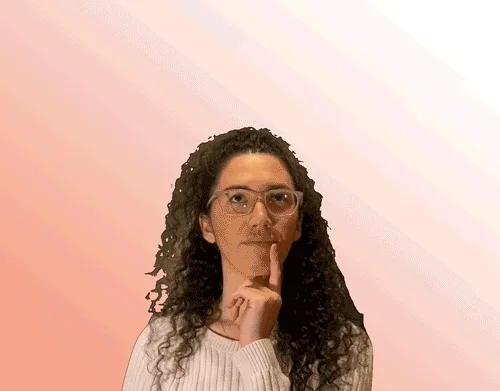Imagine this scenario...
Mrs. Morgan wanted to teach racism in a way that connected her students. She wanted to make a change within the classroom that would ripple out to the community.
She found theStorytelling Project Model, which uses stories to build community.
She had her students research and share different stories, then reflect on how listening could promote understanding and inspire change.
By the end of the month, the students not only learned about racism — they felt it. They understood each other more deeply and realized the power of their own stories in creating connections.
 Photo by Kenny Eliason on Unsplash
Photo by Kenny Eliason on UnsplashUsing the Storytelling Project Model in your teaching can benefit not only the students in your classroom, but also the school and larger community.
What is the Storytelling Project Model?
The Storytelling Project Model uses different types of stories to help people from different backgrounds talk about and better understand how racism affects workplaces, communities, and society.
Each story builds on the one before it, adding new ideas and perspectives. As people move through the process, they come up with ways to take action and create change.
Benefits of Using the Storytelling Project Model
 It adds educational value:
It adds educational value:
Builds empathy and critical thinking
Helps students understand racism’s impact
Encourages reflection and engagement
 It enhances learning goals:
It enhances learning goals:
Supports social studies and English language arts standards
Promotes civic engagement and media literacy
Strengthens critical thinking and inquiry
 It supports educators:
It supports educators:
Includes adaptable activities
Fosters respectful discussions
Encourages personal storytelling

There are four types of stories you can use with the Storytelling Project Model.
1. Stock Stories
Stock stories are well-known stories about racism. They come from history or current events. For example, you could discuss the Civil Rights marches or the George Floyd incident.
 Photo by Library of Congress on Unsplash
Photo by Library of Congress on UnsplashThings to remember as you discuss stock stories in the classroom:
Ask open-ended questions to see how many students know well-known stories regarding racism.
Work with the students to see what similarities or patterns arise from the stories.
2. Concealed Stories
Concealed stories challenge idealized narratives of color-blindness, opportunity, and progress perpetuated by stock stories.
These stories reveal experiences of discrimination and unfair treatment that go against the common belief that everyone has equal opportunities. While these stories exist, they're often ignored or pushed aside because society tends to focus on ideas like fairness and progress, making it seem like racial inequality isn’t a problem anymore.
 Photo by mauro mora on Unsplash
Photo by mauro mora on UnsplashThings to remember as you discuss concealed stories within the classroom:
If the story focuses on racism that happens within their own community, ask students how it made them feel.
Work with the students to see how different news sources described the issue of racism when these events happened. Were there differences in how they described it?
3. Resistance Stories
Resistance stories highlight efforts to challenge racism and inspire activism in new generations. Examples include the Dakota Access Pipeline protests and the Black Lives Matter movement.
Within the Storytelling Project Model, these narratives serve to encourage students to engage with their communities and advocate for change.

Things to remember as you discuss resistance stories within the classroom:
Remind students that there are different ways to resist racism besides protesting.
Work with your students to discover how different news sources, opinions, and perspectives have changed over time when it comes to resistance stories.
4. Emerging/Transforming Stories
Building on stock stories, concealed stories, and resistance stories, these narratives emerge as students envision new paths toward racial equality and develop strategies to turn their imagined changes into reality.
By comparing and contrasting these story types, students can use the Storytelling Project Model to explore ways to amplify voices, challenge systemic injustices, and prevent future occurrences of racism.
 Photo by Brett Jordan on Unsplash
Photo by Brett Jordan on UnsplashThings to remember as you discuss emerging/transforming stories within the classroom:
When working with students creating these types of stories, ask them how they can make this story happen within their communities through action. Have large or small group discussions about these stories.
Guide students through different resources when it comes to addressing racism in the United States, around the world, and in their community. Hhem figure out how to research an issue.
Ask the students why change is necessary when dealing with issues of race.
Piecing Everything Together
 Photo by Hannah Busing on Unsplash
Photo by Hannah Busing on UnsplashNow your students will feel more empowered to make change within the community based on all the stories they have heard about from history, current events, and their peers.
Review the examples of Storytelling Project Model activities below to help your students make those connections.
Elementary School: "The Color of Friendship" Storytelling
Activity:
Read a fictional book about understanding differences.
Discuss how characters treat each other based on differences.
Have students create a story of characters overcoming prejudice through drawing or writing.
Students present their stories, discussing kindness and acceptance.
Secondary School: "A Day in the Life: Racism in America"
Activity:
Introduce racism through history (e.g., Civil Rights Movement, modern issues).
Students research or interview someone about racism. This could be a family member or a member of the community.
Write a first-person narrative from someone experiencing racism based on the stories they read or whom they talked to.
Present stories to the class, followed by a group discussion.
Storytelling Project Model Tips

Follow these tips as you build lessons around the Storytelling Project Model:
Be sure to adapt the stories and activities for different ages.
Set ground rules when it comes to sharing the stories to promote respectful dialogue.
As teacher, you will be the moderator for discussions.
Your stories matter too! If you have stories to share, share them. This allows students to connect even more.
Quiz
A student comes up to you after a class and asks why they should learn about these stories. What should you tell them?
Take Action
Would you like some more ideas when it comes to using the Storytelling Project Model in the classroom? Check out these tips:
Your feedback matters to us.
This Byte helped me better understand the topic.

